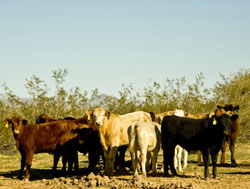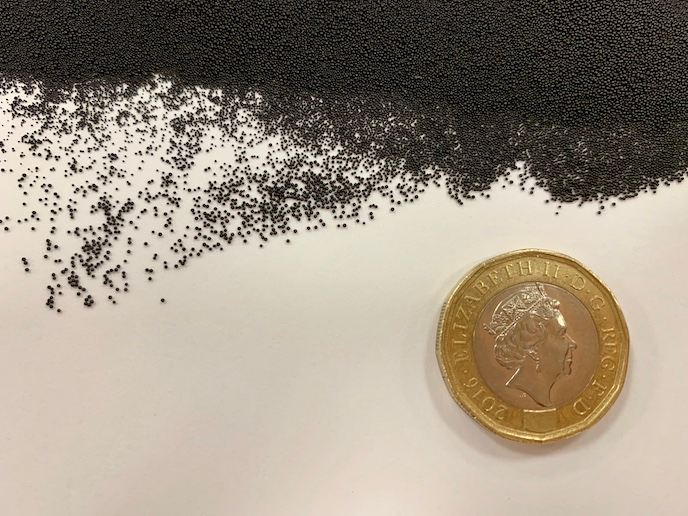Lameness in cows tackled
Good husbandry techniques are frequently the key to a pathogen and stress-free herd with an optimum economic output. Lameness is a condition that is extremely distressing to the animal. Its causes are varied and range from housing conditions, diet, horn trimming techniques and disease. The appropriately named project LAMECOW focussed its research objectives on the improvement of dairy cattle welfare by tackling the biopathology of lameness. One cause of lameness is laminitis. This is the result of circulation changes that cause alterations in the quality of the horn material in the hoof. Ulceration and possible haemorrhage occur to cause painful partial immobility. Costs to the farmer include body weight loss, a decrease in milk production and the possibility of culling. An isolated cow limb obtained from routine slaughter was studied in order to research behind the biological mechanisms responsible for this condition. Ethical considerations were paramount in the mode of study as regards an alternative to experimentation using in vivo models. The team studied the tissue using several different techniques to gain a complete understanding of the biochemistry of the syndrome. The limb was perfused over a period of five hours to remove toxic substances. Oxygen levels and pH were carefully controlled and glucose added as a nutrient. Weight increase was used as a vitality indicator. Tissue condition was also evaluated using light and electron microscope examination. In addition, a thermographic camera to show 'cold spots' was used to indicate ischemic areas or those with impaired blood flow. Results showed that oxygen deficiency, histamine, toxic metabolic byproducts and endotoxin from the bacterium E. coli promoted adverse changes in the tissue structure. Changes observed included alterations in organ resistance, cell damage and changes in vascular permeability. The results of this research may well have far-reaching applications. The effects of impaired circulation have an impact on all hoofed animals, notably cattle, horses and sheep. Poor circulation in human limbs can cause nerve and tissue damage with the ultimate threat of gangrene and consequent loss of limbs. This creates further scope for development within the biopharmacology arena for the treatment of circulatory disorders.







